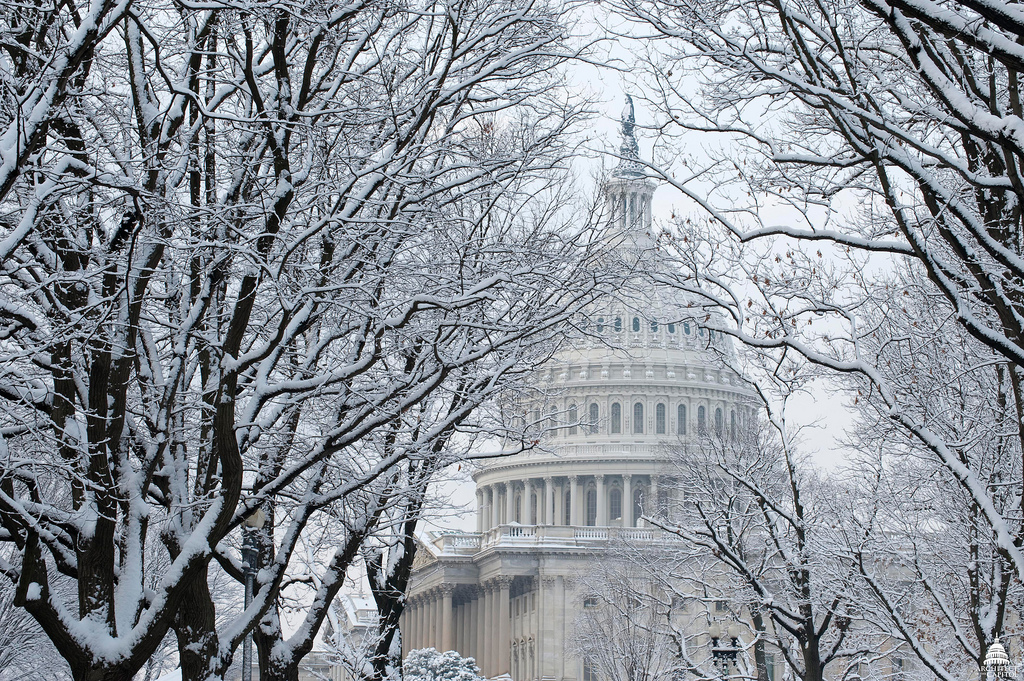Dr. Franklin (Lynn) M. Orr was sworn in as the Under Secretary for Science and Energy on December 17, 2014.
As the Under Secretary, Dr. Orr is the principal advisor to the Secretary and Deputy Secretary on clean energy technologies and science and energy research initiatives. Dr. Orr is the inaugural Under Secretary for the office, which was created by Secretary of Energy Ernest Moniz to closely integrate DOE’s basic science, applied research, technology development, and deployment efforts. As Under Secretary, he oversees DOE’s offices of Electricity Delivery and Energy Reliability, Energy Efficiency and Renewable Energy, Fossil Energy, Indian Energy Policy and Programs, Nuclear Energy, and Science. In total, these programs steward the majority of DOE’s National Laboratories (13 of 17).
Prior to joining the Department of Energy, Dr. Orr was the Keleen and Carlton Beal Professor Emeritus in the Department of Energy Resources Engineering at Stanford University. He joined Stanford in 1985. He served as the founding director of the Precourt Institute for Energy at Stanford University from 2009 to 2013. He was the founding director of the Stanford Global Climate and Energy Project from 2002 to 2008, and he served as Dean of the School of Earth Sciences at Stanford from 1994 to 2002. He was head of the miscible flooding section at the New Mexico Petroleum Recovery Research Center, New Mexico Institute of Mining and Technology from 1978 to 1985, a research engineer at the Shell Development Company Bellaire Research Center from 1976 to 1978, and assistant to the director, Office of Federal Activities, U.S. Environmental Protection Agency from 1970 to 1972. He holds a Ph.D. from the University of Minnesota and a B.S. from Stanford University, both in Chemical Engineering.
Dr. Orr is also a member of the National Academy of Engineering. He served as a member of the Board of Directors of the Monterey Bay Aquarium Research Institute from 1987 to 2014, and was a member of the Board of Trustees of the David and Lucile Packard Foundation from 1999 to 2008, for which he has also chaired the Science Advisory Panel for the Packard Fellowships in Science and Engineering from 1988 to 2014. He served as a member of the 2008/09 National Research Council Committee on America’s Energy Future.


